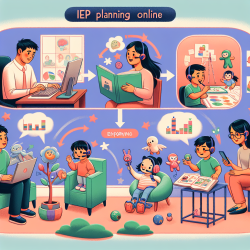Introduction
In recent years, the phenomenon of sexting among adolescents has garnered significant attention. Defined as the sending, receiving, or forwarding of sexually explicit messages, images, or videos through electronic means, sexting is prevalent among adolescents. A recent study published in the International Journal of Environmental Research and Public Health explores the complex relationship between multiple forms of sexting and psychosocial health in early adolescents. This blog aims to provide practitioners with insights into how these findings can be applied in therapeutic settings to improve outcomes for children.
Key Findings
The study investigated various forms of sexting, such as pressured sexting, consensual sexting, receiving unsolicited sexts, and forwarding sexts without permission. The findings highlighted that:
- Pressured sexting is associated with hostility and aggressive temperament.
- Receiving unsolicited sexts is linked to depression, impulsivity, hostility, emotion dysregulation, and aggressive temperament.
- Forwarding sexts without permission is linked to hostility.
- Consensual sexting was not significantly associated with poor psychosocial health.
Implications for Practitioners
Practitioners working with adolescents should consider these findings to tailor interventions that address the specific needs of children involved in sexting. Here are some strategies:
- Focus on Prevention: Educate adolescents about the risks associated with pressured sexting and unsolicited sexts. Develop programs that empower children to resist pressure and make informed decisions.
- Address Emotional Health: Implement therapeutic interventions that focus on managing emotions such as hostility and aggression, which are linked to nonconsensual sexting behaviors.
- Supportive Environments: Create safe spaces where adolescents feel comfortable discussing their experiences with sexting without fear of judgment or punishment.
Encouraging Further Research
The study underscores the need for further research to explore the nuanced relationship between different forms of sexting and psychosocial health. Practitioners are encouraged to engage in research initiatives that further investigate these dynamics and contribute to a more comprehensive understanding of adolescent behavior.
Conclusion
Understanding the implications of sexting on adolescent psychosocial health is crucial for developing effective interventions. By focusing on the specific forms of sexting and their associated risks, practitioners can better support the mental health and well-being of adolescents. For those interested in delving deeper into this topic, the original research paper, Multiple Forms of Sexting and Associations with Psychosocial Health in Early Adolescents, provides a comprehensive analysis.










